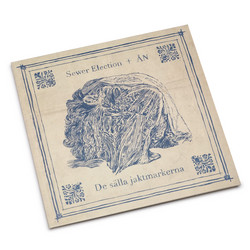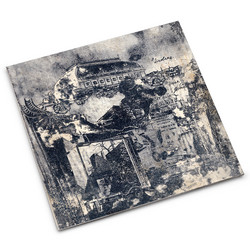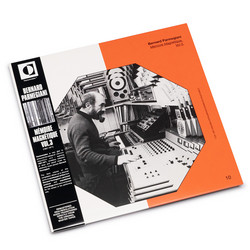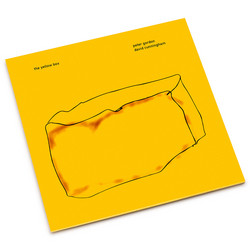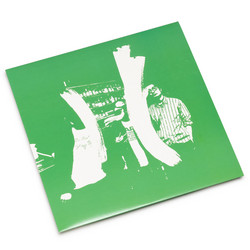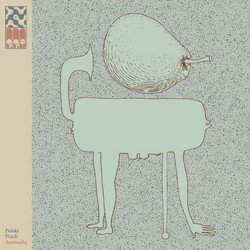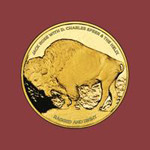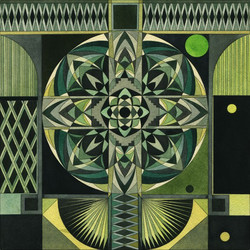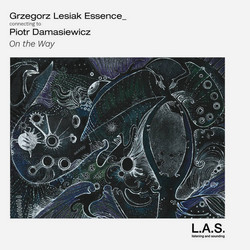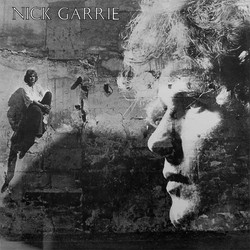"The idea of composing and recording an album of electroacoustic music for instruments of African origin from the lamellophone family was born more than 10 years ago. At that time, after the X-NAVI:ET concert at the Blurred Edges festival in Hamburg, I bought my first instrument from this group of idiophones - it was a sanza from South Africa. Then, over the years, other sanzas and kalimbas came along. I now have six lamellophones in my collection of acoustic instruments, comprising several hundred from all over the world. These instruments, from a group of idiophones that has been close to me for years due to their practice (on which, for example, the sound of the band Hati was based from the beginning), generally go under at least four basic names, depending on the region of Africa: zanza, mbira, kalimba, likembe. Plucked idiophones are found in countries such as Zimbabwe, Mozambique, Angola, Congo, Democratic Republic of the Congo, Rwanda, Burundi, Malawi, Nigeria and South Africa, among others. The generic name kalimba is the most common, thanks to English ethnomusicologist Hugh Tracey. During the recording of the tracks on 'Transformations I', I also used other percussion instruments (including rattles, spring tubes and metal objects). I processed the sound of the zanza, kalimba and zanzula through various effects processors and partially looped.
Among the peculiarities of this group of instruments is the extensive use of the acoustic effect of the aliquots (i.e. the components of the sound) and the fact that they are mixed in the resonator, which greatly enriches the sound. Interestingly, the instrument's scale and sound are also characterised by the principle of "equalising moods" - both stimulating and calming them, while maintaining the rules of dialogue. A feature of this instrument is, as it were, the 'ease of reception'. Anthropological and ethnomusicological analyses confirm the popularity of plucked idiophones throughout the world, despite their African specificity.The fact of the popularity of the zanza and possibilities of use in different situations has not only changed the meaning of the instrument, but has also influenced technical improvements.
In a broader context, I was following in the footsteps of one of the most eminent artists and philosophers of the 20th century, the American composer John Cage, who, as early as the 1940s, foresaw and anticipated many of the trends that have been dominant in music for several decades (e.g. electronic music, ambient, emphasis on the role of percussion instruments and rhythm). Cage included his reflections in many essays and aphorisms. One thought of the master could be the motto for the "Transformations I" project: "The function of art is to imitate nature in her manner of operation"." - R. Iwanski









